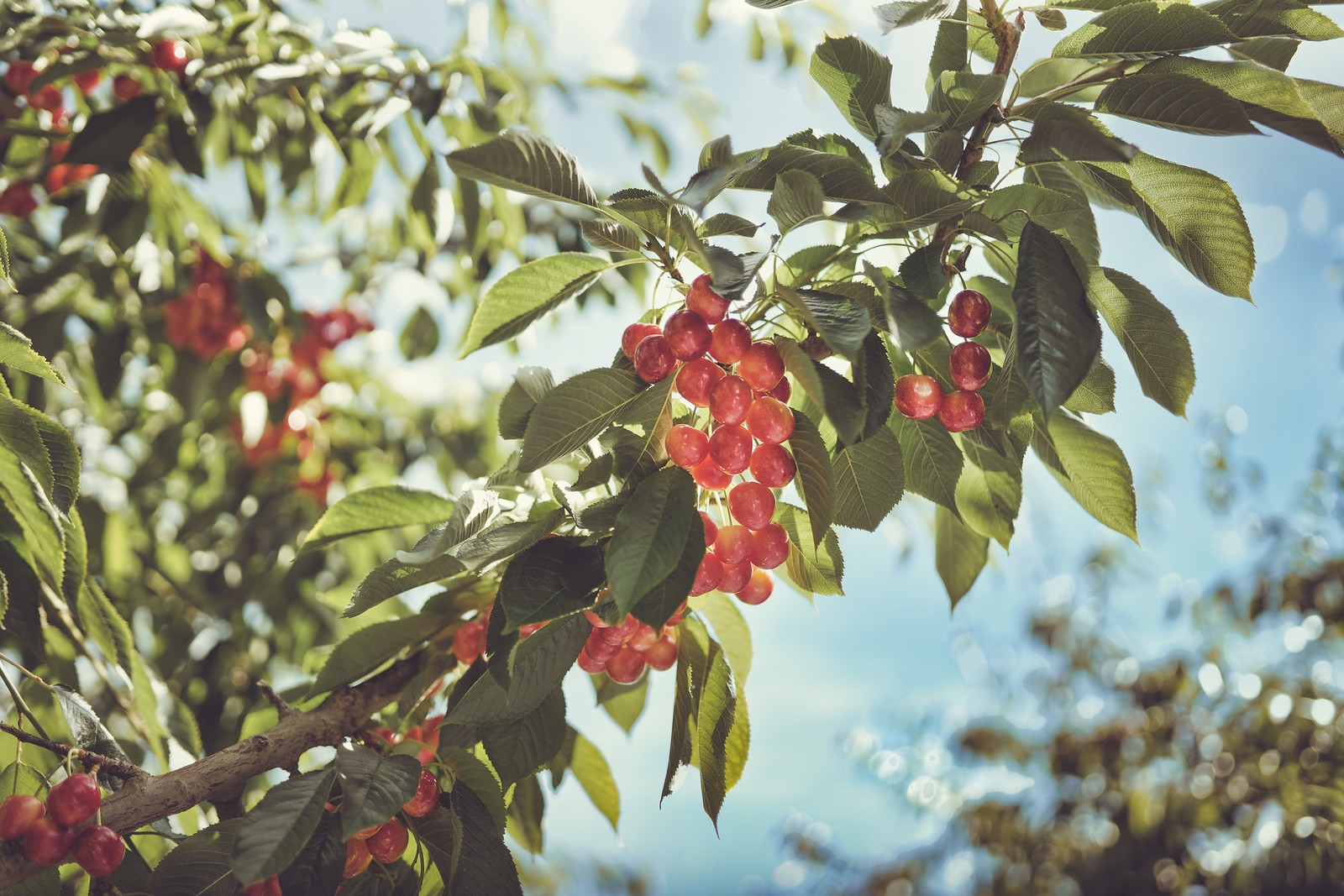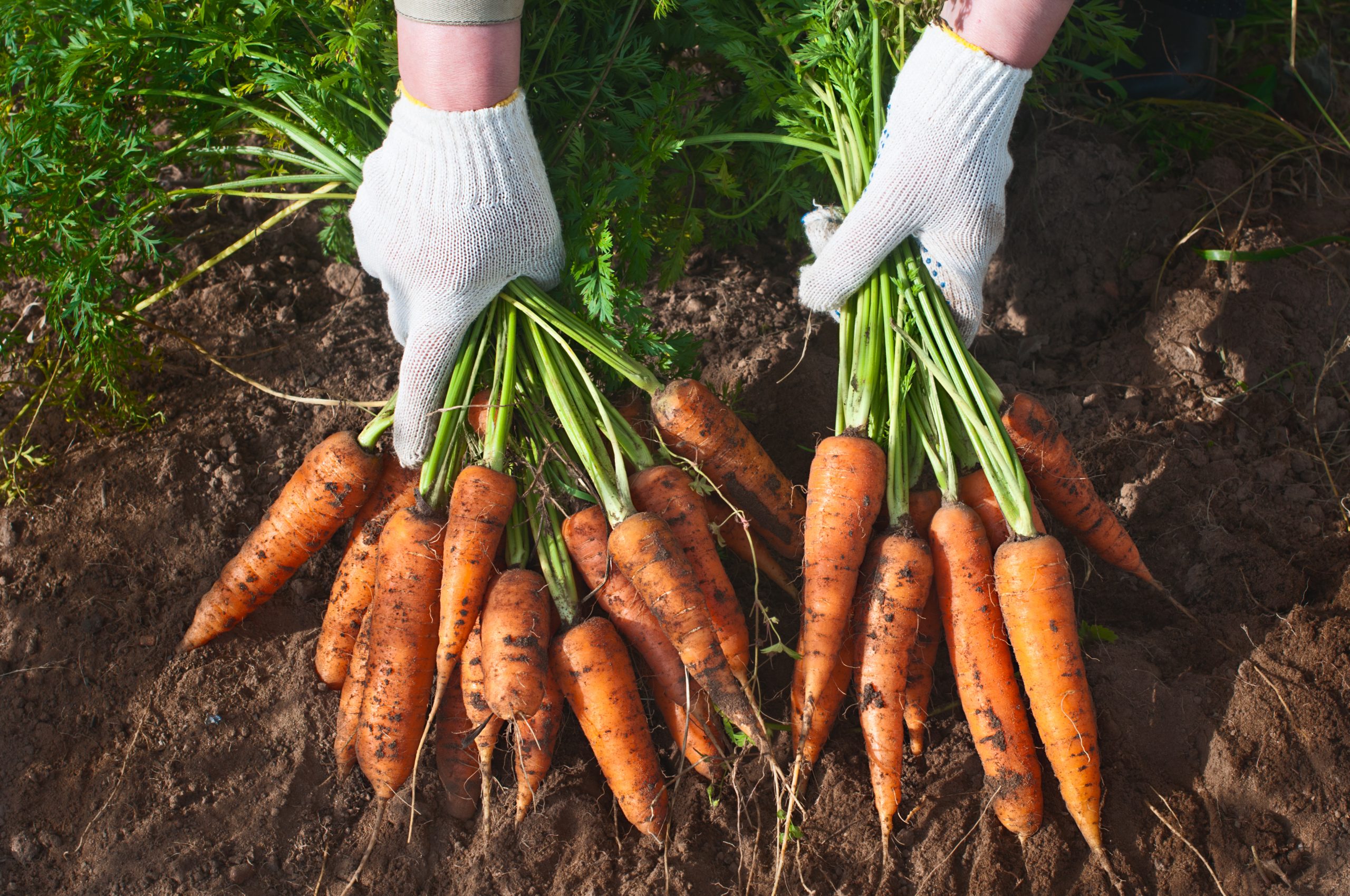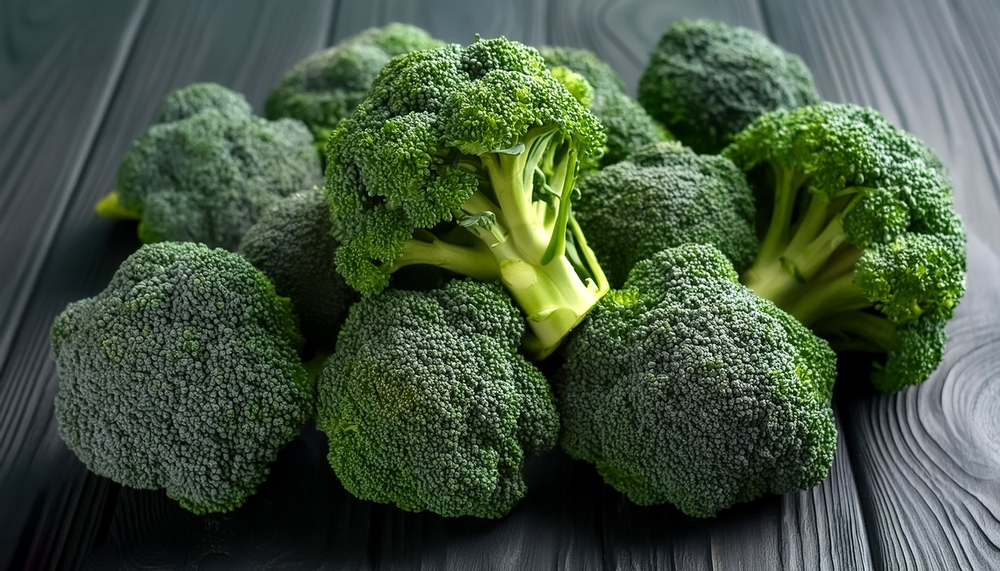Welcome to Blue Book!
Are you ready to join the thousands of companies who rely on Blue Book to drive smarter decisions? View our plans and get started today!
Still have questions? We’d love to show you what Blue Book can do for you. Drop us a line– we’ve been waiting for you.

Each year, the arrival of domestic cherries is eagerly awaited by suppliers and consumers alike. The sweet treats represent the waning of spring and the promise of warm summer days.
As one of the last seasonal fruits, consumption rates for sweet cherries remain steady, dependent on availability, price, and of course, quality. From traditional Bings to newer varieties like Skylar Rae, cherries hold a special place in the hearts and minds of consumers.
Jared Gidley, CEO of Hood River Cherry Company BB #:170470 in Hood River, OR, agrees. “Consumption is up, attributable to our focus on quality and taste.”
Kevin Bennett, production manager at Morada Produce Company, LP BB #:170736 in Stockton, CA, has similar thoughts, especially on last year’s crop. “We had good quality all season.”
Top Territories
In the United States, the bulk of the nation’s sweet cherry production—90 percent—comes from growers nestled along the West Coast. California, Oregon, and Washington enjoy a temperate climate perfect for growing sweet cherries.
California is the early bird of the season, with harvests beginning around mid-April in the southern portion of San Joaquin Valley through early June for orchards in the northern end.
Oregon’s typical season lasts from early June through mid-August, depending on elevation and variety. Washington, the nation’s top sweet cherry producer, begins its season in June and continues through early August.
“The 2024 crop was smaller than 2023, which was one of the biggest in recent history. Weather played a role, particularly during bloom and pollination.”
A Tale of Two Seasons
For many, 2023 was challenging cherry season due to the late arrival of the California crop, which then overlapped with the beginning of the Northwest’s producers. The result was too much supply and not enough demand.
Last year saw overly erratic California weather, including record rainfall, freezing temperatures, then soaring heat which stretched out the season. The intense bloom of 2024 resulted in a big crop of small fruit, difficult for some growers to sell.
Fortunately, this wasn’t the case for Morada Produce. “Our staff did an excellent job marketing a huge crop in 2024,” recalls Bennett. “We didn’t have too much overlap with the Pacific Northwest.” And even though sizing wasn’t optimal, he adds, “We had enough outlets for the small fruit.”
As for this year’s Golden State crop, the southern parts Central Valley banked ample chill hours, but the northern counties warmed up early. Growers are hoping this doesn’t mean a glut at packinghouses with all the cherries ripening at the same time. It’s wait and see.
Finding the Balance
Washington growers faced their own ups and downs last year. “The 2024 season was a mix of highs and challenges,” notes Danelle Huber, senior marketing manager of CMI Orchards, LLC BB #:134183 in Wenatchee, WA.
“The fruit quality was outstanding with great sizing, exceptional flavor, and overall strong consumer demand, especially for our premium varieties like Skylar Rae and Strawberry cherries,” she says.
“Retailers responded well to these specialties, but on the downside, there were logistical challenges with labor availability and tight shipping windows.
“The 2024 crop was smaller than 2023, which was one of the biggest in recent history,” Huber continues. “Weather played a role, particularly during bloom and pollination. However, supply remained steady throughout the season, which helped maintain balance in the market.”
Looking back even further, Huber says, “Compared to 2022, when extreme heat led to fruit shrinkage, 2024 was much more stable, making for a smoother, more manageable harvest.”
In Oregon, the weather fluctuated, but not as severely as in California or Washington, according to Gidley. “In 2023, we weren’t up too much—we prune pretty aggressively,” he explains.
“In 2024, we had some temperatures of -2 to -4°F, which didn’t affect us too badly, but in Washington where they had -15°F, there was some damage.
“From a quality perspective, we grew a great cherry. The crop wasn’t huge, and even though everything lined up, the industry stumbled,” he observes. “There were some cherry varieties that were picked a little early and weren’t at their best in the middle of the season—this is when it’s crucial to have things right.”
“From a quality perspective, we grew a great cherry. The crop wasn’t huge, and even though everything lined up, the industry stumbled.”
Variety Roundup
When it comes to cherries, there’s something for everyone with scores of cultivars for improved flavor, size, and color, as well as breeding tied to ripening, disease resistance, and growing characteristics for specific climates.
In California, Brooks and Tioga cherries are among the earliest of the season in the south and central regions.
They’re followed by Tulare, Coral, Garnet, and more, then the well-known Bings (along with Skeena and Lapins) join the fray from the more northern orchards of the state, becoming available in late May and early June.
Bings are also cultivated in both Oregon and Washington. In Washington, Bings represent 50 percent of the cherries grown there, yet others including Regina and Sweetheart are making serious in-roads in volume and popularity.
Huber was thrilled with CMI Orchard’s 2024’s Skylar Rae and Strawberry crops, calling last year “one of the best-quality seasons yet.” She sees a consumer shift to more branded and premium cherries.
“Demand continues to grow for high-flavor, firm-fleshed varieties that extend the season and elevate the eating experience.”
Morada’s Bennett says Lapin, Santina, Skeena, Royal Lynn, and Royal Hazel were more available last year, and shares news about another variety: “Watch for Black Pearls in 2026.”
Hood River Cherry Company has a newcomer worth mentioning as well. “Timberline is an August cherry,” explains Gidley. “The variety was discovered in our orchard. It’s a Rainier-type cherry with tie-dyed yellow flesh and dark mahogany skin.
“Firm and sweet with an almost peach flavor, it has great shelf life,” he adds, noting 2025 will be the cherry’s third year of production. “The hardest thing about Timberline cherries is they’re not widely available; we’ve been selling them online.”
“Changing trade dynamics will shape global strategies, but demand for high-quality cherries remains strong.”
Challenges and Changes
Given cherries are delicate with a limited availability window, market volatility is one of the biggest challenges.
Growers and suppliers must balance supply and demand while navigating price fluctuations and the cost of inputs and logistics. Location definitely matters—California growers open the season and try to get to market as quickly as possible to reduce any overlap with their neighbors to the north.
For those who export cherries, demand has been solid and, in some cases, climbing. Canada has been the top destination for U.S. cherries, followed by several Asian countries including Japan, South Korea, and China.
Bennett confirms cherry exports were up, especially to Asian and Australian markets. Yet there’s competition from foreign suppliers, and this year, trade tariffs may be an issue.
“On the export side, tariffs can impact our competitiveness in certain global markets, so we work to expand our reach while staying adaptable,” notes CMI Orchard’s Huber. “Changing trade dynamics will shape global strategies, but demand for high-quality cherries remains strong.”
Although Gidley says exports are not a major part of Hood River Cherry Company’s business, he says, “I’m a little concerned about tariffs.” He’s more concerned about new U.S. regulatory issues related to labor, such as overtime pay.
Huber has similar thoughts. “Domestically, labor is an ongoing concern, with rising costs and availability challenges affecting every stage of production.”
As a result, she adds, “There’s growing focus on efficiency, technology, and data-driven decision-making. We’re investing more in sustainability, automation, and postharvest innovations to optimize fruit quality and reduce waste.”
Bottom Line
From growers to retailers to consumers, everyone loves cherries. What’s not to like? Cherries are a versatile, simple, portable snack in an ever-increasing array of delicious, colorful varieties. From Bing, Tulare, Lapin, and Skeena to Rainier and Sklar Rae, cherries of any hue are gems of delight.







